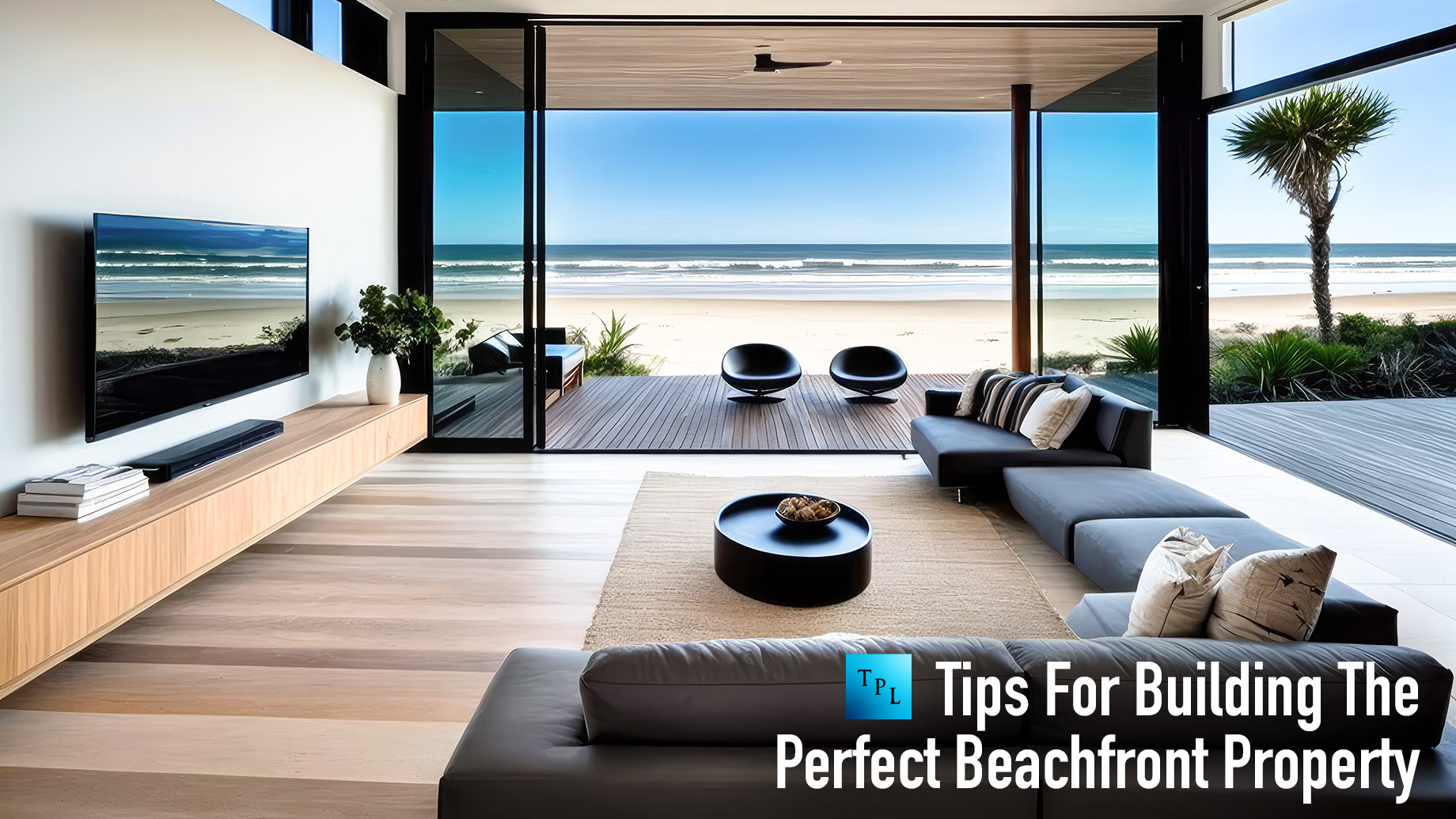
We all desire to own a home. Some of us love the country, the wilderness, and others along the coastline. Designing your dream home is easy; the hard part comes when actualizing it, especially if you want to build on the coast.
There are many things to consider before embarking upon such a project, from location to design and materials used. This blog post offers helpful tips for successfully building your coastal dream property to withstand extreme weather conditions and other external elements.
Professional Construction Company
Before embarking on any construction project, you must hire professionals with experience, such as Boh Bros. Construction.
You must ensure that the company has extensive knowledge, such as building codes & regulations, best materials, and experience constructing homes specifically designed for coastal locations.
You must also check their website for previous projects and talk to their past clients to get an insight into their experience and satisfaction.
Location
The first step in constructing a structure near water is research! Make sure you know the area like the back of your hand. This includes the kind of soil and shifts. Are there flood zones?
Knowing these clues is essential when beginning any project, especially one close to bodies of water, because they have entirely different requirements than inland buildings.
Inland
When building a home inland, the houses need not be elevated but have a deeply-anchored strong foundation.
Coastline
If you are building along the coast, note that you need a deeply-anchored foundation. The house elevation must be above the base flood elevation (BFE), between 10′ and 15′ above sea level. The building height is limited to 50 feet high. Builders are cautioned against constructing a solid wall foundation as it could be destroyed.
Building Elevation
When building along the coastline, consider elevation when choosing sites for a new build. Variations in topography mean deeper foundations would be required to hold the structure in place against strong wind tides while maintaining its aesthetic quality.
Elevation consists of deep foundation piles that help the building withstand erosion and shifting. So check with your area to ensure you have the correct elevation standards.
Building Height
Due to the level of elevation required when building along the coast, you must be aware of the height requirements. Therefore, ensuring that the first floor of your building is above the BFE is essential. And note that the total height of your property, roof included, should not be above the stipulated height.
The building height is mandated to be between 28 to 50 feet. This protects the building from strong winds and prevents excessive darkness caused by tall buildings. So, when designing and building, keep these restrictions in mind.
Building Foundation
A proper foundation must be laid before the construction begins. This is especially important for coastal or beach homes as you must consider saltwater and sand corrosive effects on building materials such as stainless steel and concrete. You must use the right materials and foundation to protect your homes against all external factors.
The different types of foundations include bored piles, micro piles, driven piles, and screw piles. And the style you choose depends on your location and soil type, with the micro piles being the best in situations where you need an extremely deep foundation. However, with the help of construction experts, you can choose the best foundation for your beachfront home.
Building Code
You must adhere to local building codes and regulations. This ensures quality construction practices are being followed for safety reasons. When building a house along the coast, you must research what permits you must acquire from the governing bodies. You must also check if special additional requirements are needed.
Weather
When planning a building close to water, extreme weather conditions must be considered, including winds, hurricanes, tornadoes, tsunamis, heavy rains, excess snowfall, and hail. This is because they could potentially cause damage to the structure if not built correctly and sturdily enough to withstand harsh weather elements.
Therefore, before starting the project, you must assess the soil and climate changes throughout the year. This will help you determine the type of foundation, building design, and materials to use.
Opt for Sturdy and Durable Building Materials
When selecting the materials for your coastal home, opt for sturdy and durable materials that can withstand corrosion caused by saltwater air environments. Stainless steel walls, window frames, doors, and columns will provide maximum strength while looking beautiful. However, they can be expensive, so research cheaper alternatives. Besides, you can use fiber cement boards, concrete, vinyl siding, and other waterproof materials to prolong its lifespan.
Ensure it’s not a Flood-zone Prone Area
Before buying any property close to the coast, research whether it is in an area prone to flooding. If flood plains are nearby, this can be an issue when constructing and with insurance.
There are different levels of flood zone areas, including low-risk, moderate, and high-risk. So when buying a plot of land along the coast, check these flood zone categories.
Include an Outdoor Space
It wouldn’t be a complete beachfront home without an outdoor space to sit and take in the cool breeze. So when designing, ensure that you have included an outdoor space, such as a balcony, terrace, or deck.
Final Thoughts
Before you start your coastal home construction project, ensure all safety requirements and regulations are met. Then use the tips above, like choosing construction experts, the best location, and durable building materials that offer maximum resistance against corrosive elements found near waters.